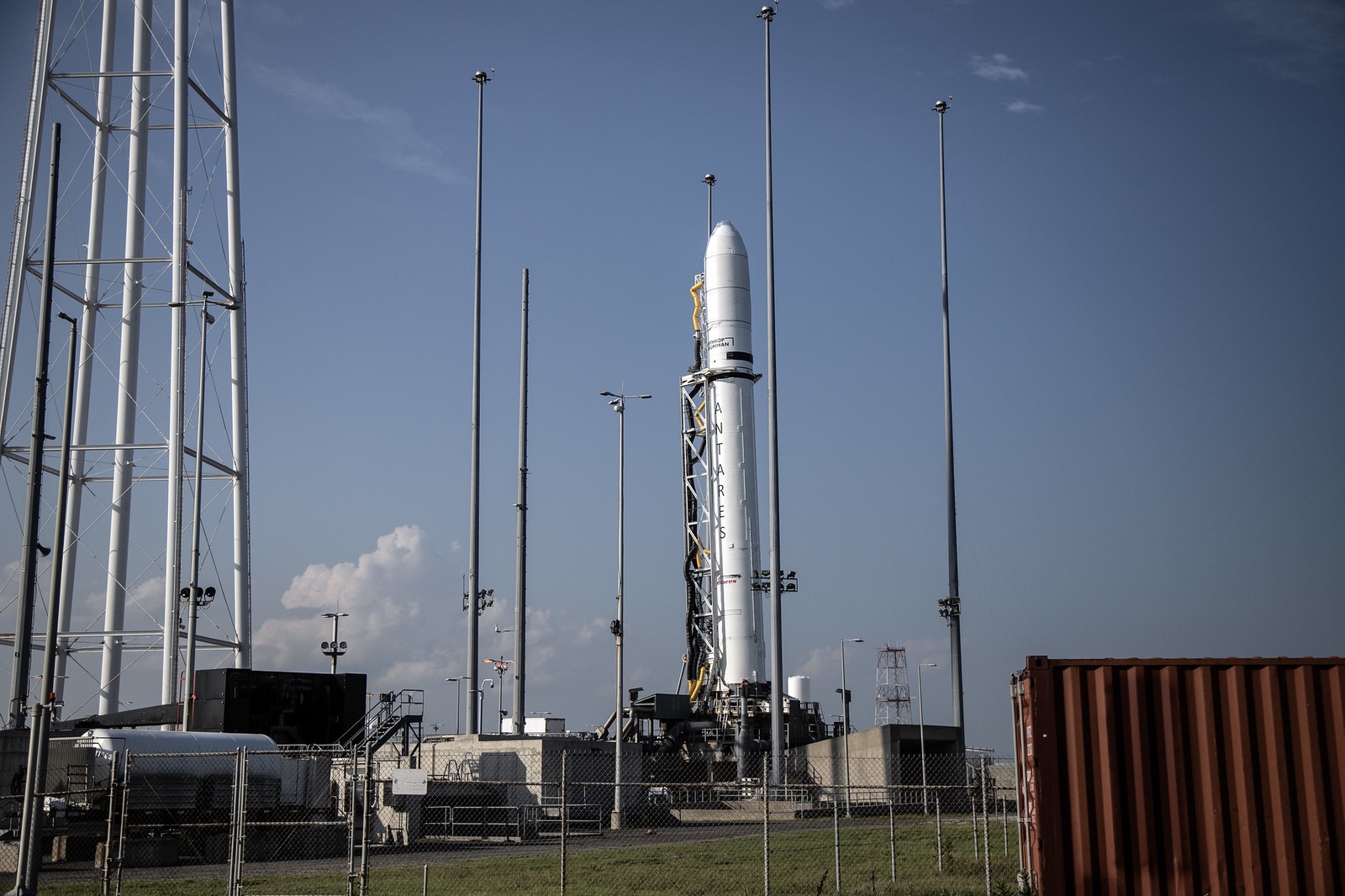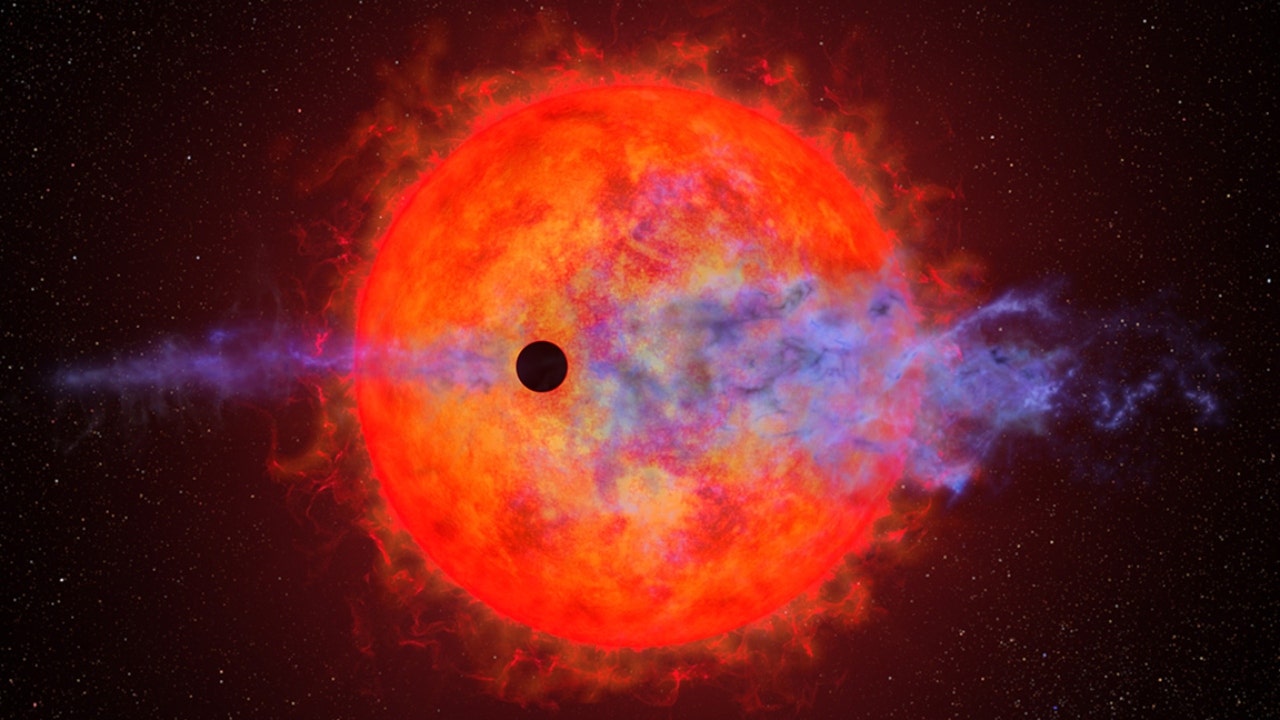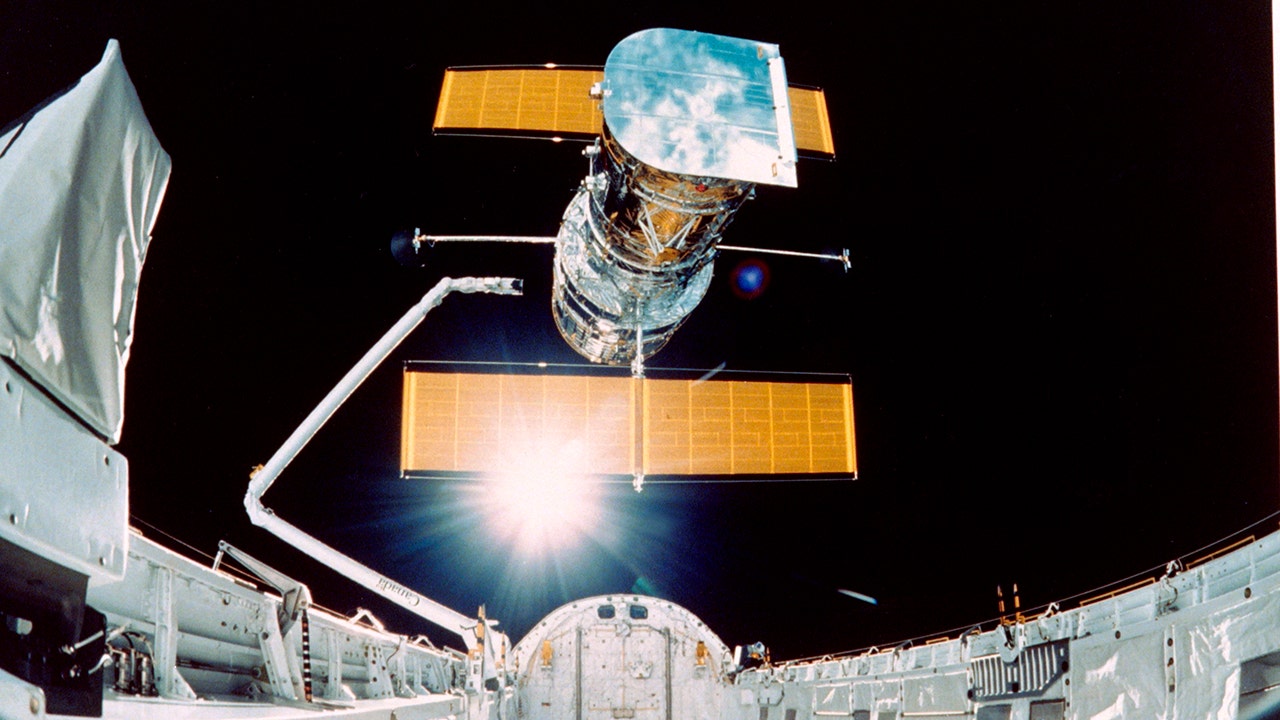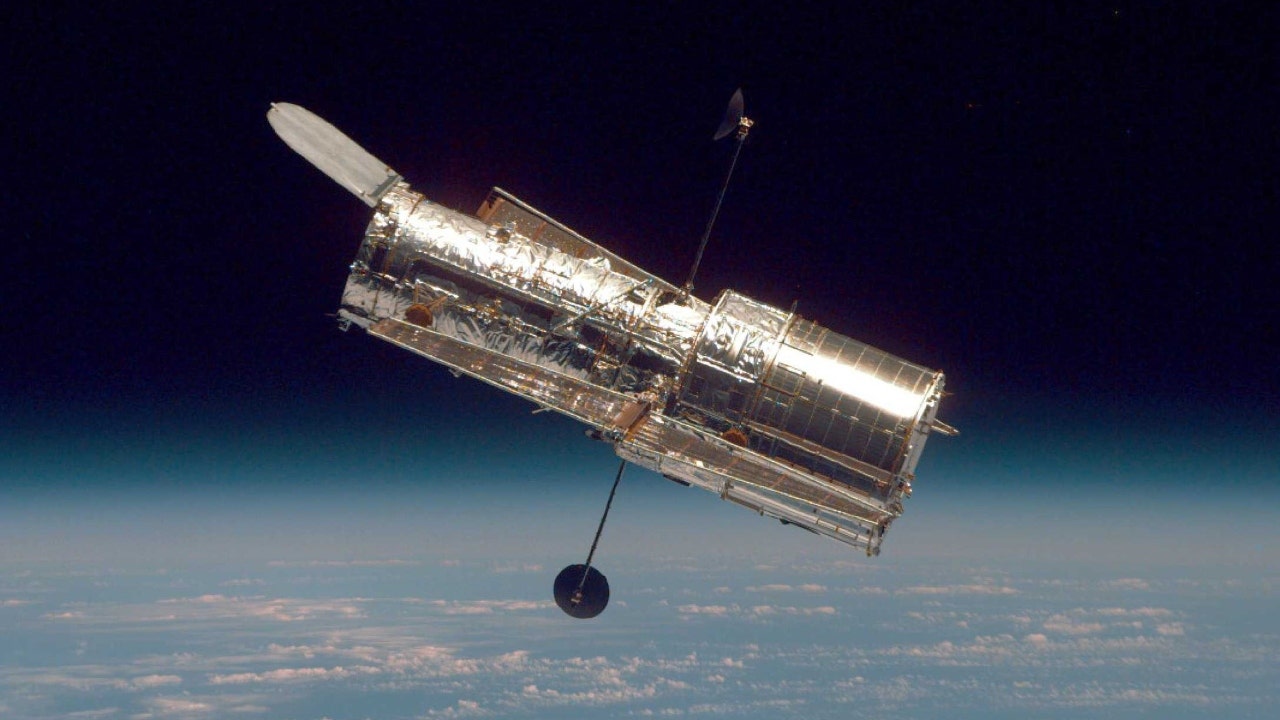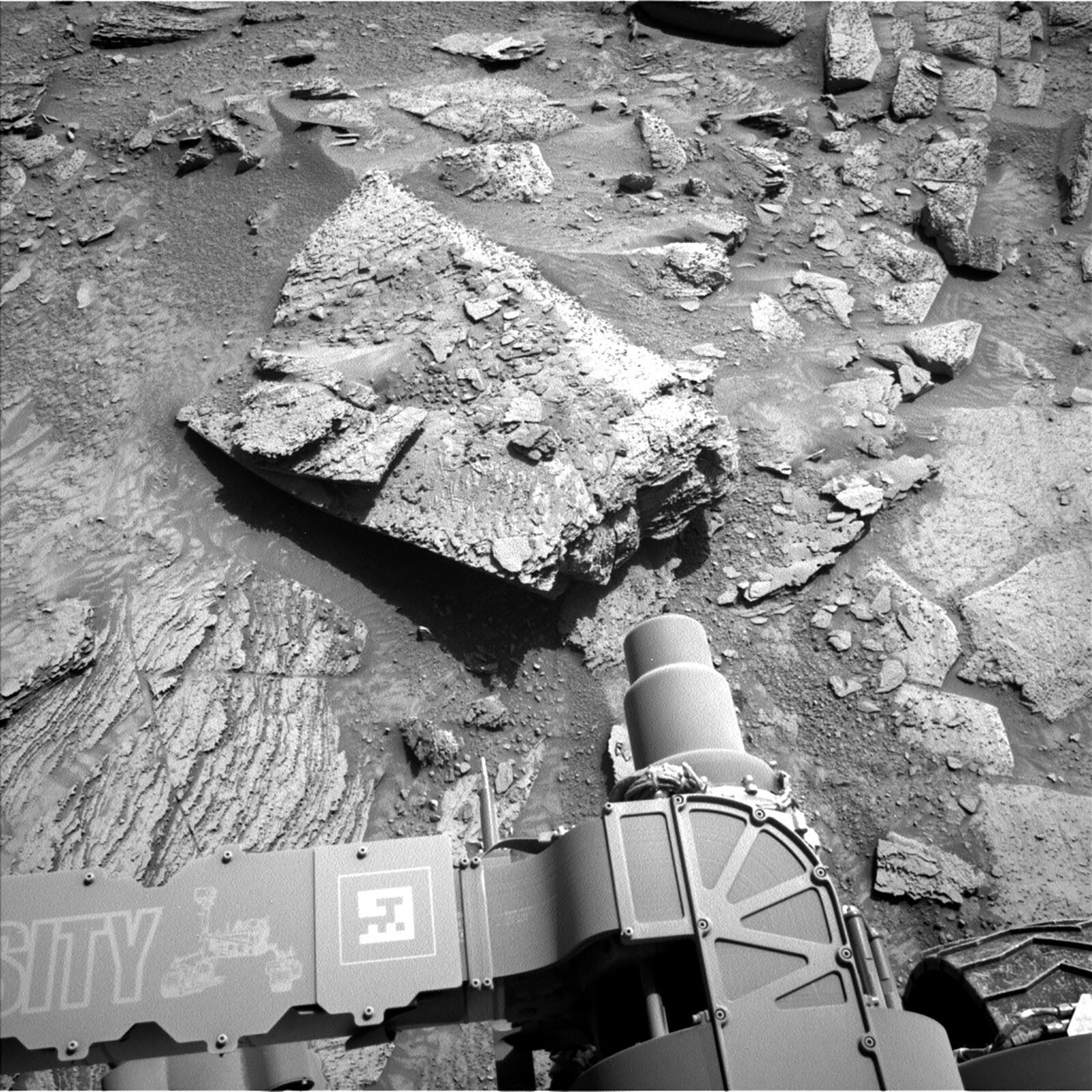The D.C. region, if weather allows it, has a chance to see a rocket launch that will soar into the sky and be visible to many in the Mid-Atlantic and up the East Coast.
Scheduled for launch at 8:31 p.m. Tuesday from NASA’s Wallops Flight Facility, this will be Northrop Grumman’s 19th commercial resupply services mission for NASA.
If you are out of the viewing area, you can attend the launch virtually.
The Cygnus spacecraft S.S. Laurel Clark will deliver cargo to the International Space Station on this mission to support scientific investigations and studies of spacecraft fire protection, neural cell models for potential gene therapy, the density of Earth’s upper atmosphere, and other experiments, along with a memory card that contains creative works from students around the world.
Live coverage and countdown commentary will begin at 8 p.m. on Tuesday and air on NASA Television and the agency’s website, as well as YouTube, Twitter, Facebook and the NASA App.
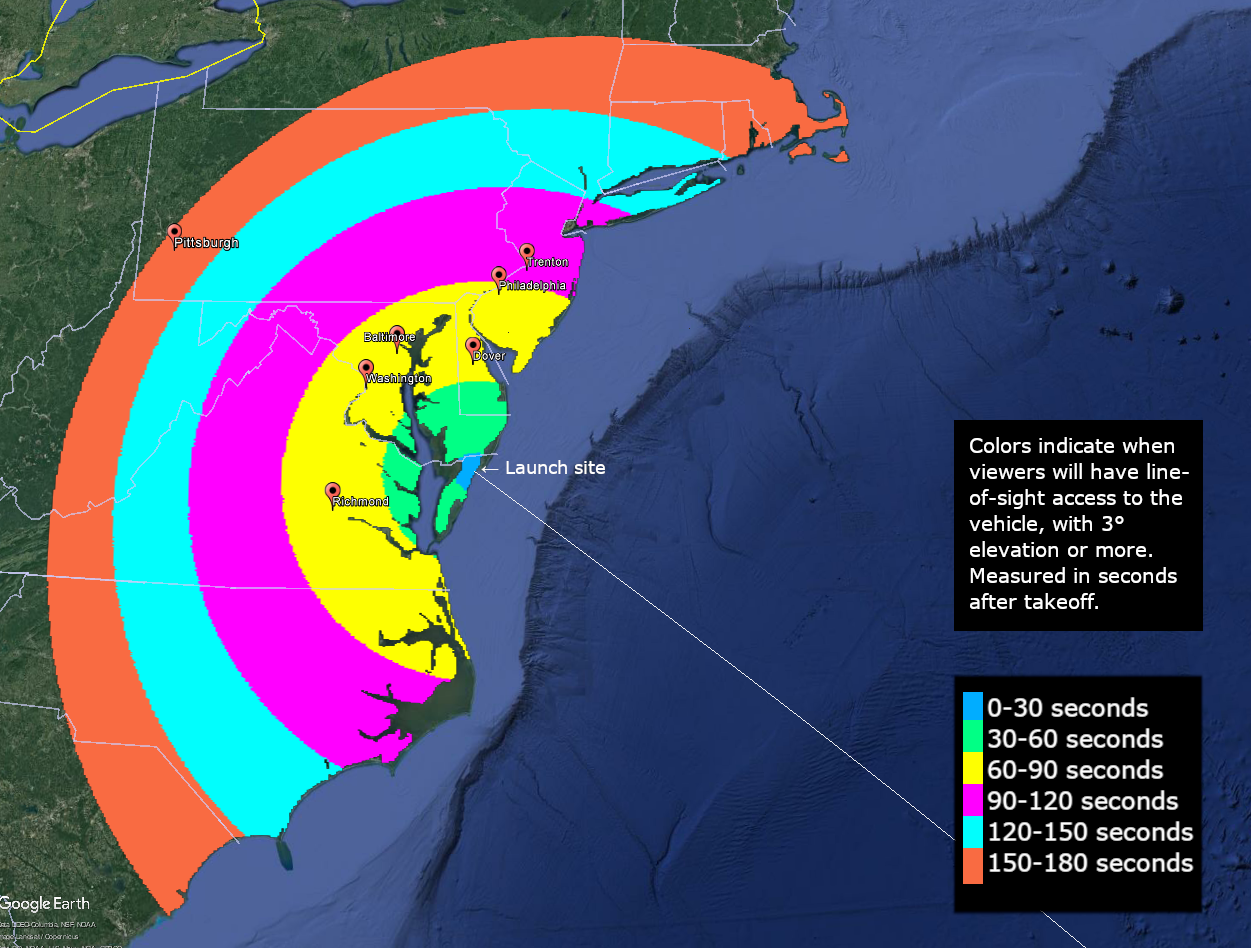
If the launch does take place, viewers in the D.C. region need to check the graphic for what time they should be looking after launch.
As stated by NASA Wallops: “Viewing locations on Chincoteague Island include Robert Reed Park on Main Street or Beach Road spanning the area between Chincoteague and Assateague Islands. The Virginia, Maryland and Delaware Atlantic beaches also provide good viewing locations.”
Also: “Members of the public can experience the thrill of a rocket launch in person from the launch viewing area at NASA’s Wallops Flight Facility Visitor Center. The Visitor Center will have special hours on launch day, opening from 5:30 p.m. to 9 p.m. EDT. The Visitor Center will not be open outside of the launch viewing event on Aug. 1 to allow for event preparation. Visitors interested in viewing the launch from the Visitor Center are encouraged to carpool, as parking is limited. More launch viewing information is available on the visitor center website.”
Don’t rush back inside after the rocket fades from view, as August’s Super Blue Sturgeon Moon will be rising in the southeast abut 30 minutes after sunset. Each month’s full Moon has a variety of names associated with it.
But we get a bonus Tuesday, with the full Moon also being a Supermoon, the second of four in a row for 2023. Tuesday’s Supermoon is also the first of two Supermoons in August — we will have a Blue Moon at the end of the month too.
Seeing the Super Blue Sturgeon Moon is easy, as it will rise in the southeastern sky and be up all night. Saturn will be visible to the lower left of the Moon. Try to watch the Moon rise just as it is clearing your horizon, so you can possibly experience the so-called Moon illusion. This is quite a beautiful sight to see and experience.
When looking at the Moon, give it a wink in remembrance of Neil Armstrong, the first human to walk there. Korea, India, China and NASA have current active missions at the Moon while Russia and India will try for unmanned rover and lander touchdowns in August.
I’m hoping to be in Virginia Beach to photograph the rocket launch and the Supermoon as it rises above the sea horizon. Both events should be a sight to behold.
You might want to try photographing them as well, especially if you see them near a landmark or in the mountains or shore. Just set your smartphone or camera to Auto mode and see what you got. Make any necessary adjustments and try again.
Looking ahead in August, join me in Virginia’s Shenandoah National Park, Aug. 11 to Aug. 13, for the Night Sky Festival and Perseid Meteor Shower. I’ll have more on the Perseids next week, but the meteor shower is currently active.
Follow my daily blog www.whatsupthespaceplace.com and @SkyGuyinVA to keep up with the latest news in astronomy and space exploration. You can email me at skyguyinva@gmail.com.
Get breaking news and daily headlines delivered to your email inbox by signing up here.
© 2023 WTOP. All Rights Reserved. This website is not intended for users located within the European Economic Area.
Article From & Read More ( Look up to the sky: It’s a rocket launch — and a Supermoon - WTOP )https://ift.tt/6GYMV94
Science



